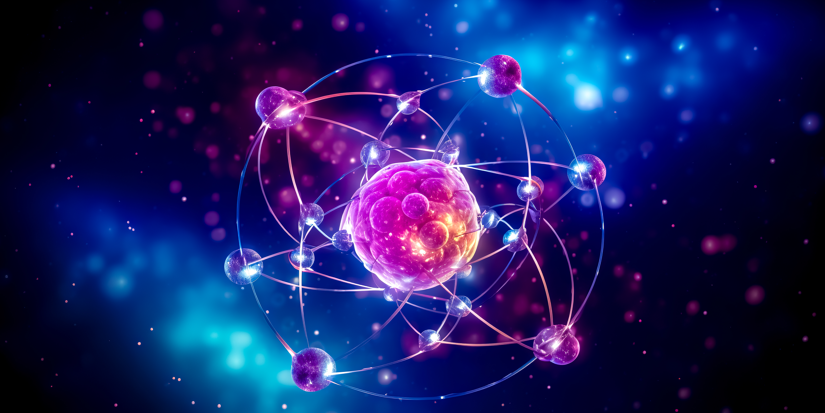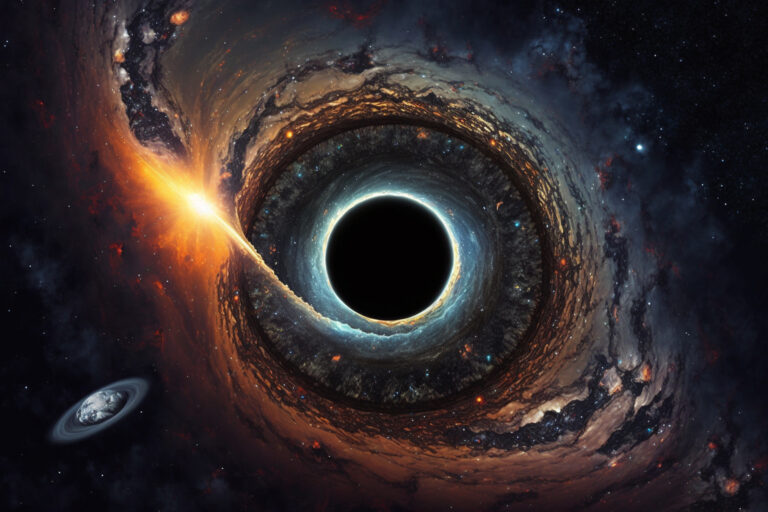
When we look at our solar system, we see a striking difference between the small, rocky planets like Earth and the massive, gaseous worlds like Jupiter and Saturn. Why are some planets made mostly of rock and metal, while others are composed primarily of gas? The answer lies in the way planets form and the conditions they experience during their development.
The Formation of Gas Giants
Gas giants form through a process that begins in the early stages of a star system’s life. This process occurs in several key stages:
You May Also Like
- First Images From The Vera C. Rubin Observatory
- What Effects Do Solar Flares Have On Our Power Grids?
- What’s the Difference Between a Galaxy and a Globular Cluster?
- Are Black Holes Eternal? The Strange Fate of the Universe’s Darkest Objects
- Cannibal stars at the heart of the Milky Way stay young in a gruesome way
- Multi-Particle Entanglement Is A Complex World
1. Core Formation
In the early solar system, a disk of gas and dust surrounded the young Sun. Small particles began to collide and stick together, gradually forming larger objects called planetesimals. In the colder, outer regions of the system, these planetesimals could incorporate not only rock and metal but also ice, allowing them to grow much larger than their counterparts in the inner solar system.
2. Rapid Gas Accretion
Once a protoplanet reaches a certain mass—about ten times the mass of Earth—it has enough gravitational pull to attract and hold onto hydrogen and helium, the lightest and most abundant elements in the universe. Because these gases were plentiful in the early solar system, the growing planet was able to accumulate a massive atmosphere very quickly, forming a gas giant.
3. Runaway Growth
As the planet gathers more gas, its gravitational pull strengthens, allowing it to capture even more material. This creates a self-sustaining cycle of growth that leads to the formation of a massive, gaseous planet. Eventually, the surrounding disk of gas begins to dissipate, either because the young star’s radiation blows it away or because other planets consume the remaining material.
4. Stabilization and Final Form
Once the gas supply is exhausted, the planet reaches a stable size. The result is a gas giant with a dense core buried beneath thick layers of hydrogen and helium. The exact size and composition of the core remain a topic of scientific debate, as these deep planetary interiors are difficult to study directly.
Why Are Gas Giants Mostly Gas?
Never Miss A Story
Several factors contribute to the gaseous nature of these planets:
- Formation Beyond the Snow Line: Gas giants form beyond a region called the “snow line,” where it is cold enough for volatile compounds like water, methane, and ammonia to condense into solid ice. This abundance of ice helps the core grow quickly, enabling it to capture a vast atmosphere.
- Strong Gravity: The massive cores of gas giants allow them to retain light gases like hydrogen and helium, which would otherwise escape from smaller planets.
- Abundant Hydrogen and Helium: The early solar system was rich in these elements, giving gas giants plenty of material to form their thick atmospheres.
Could a Gas Giant Lose Its Atmosphere?
While gas giants are largely stable, extreme conditions could cause them to lose their atmospheres. If a gas giant orbits very close to its star, intense radiation and stellar winds could strip away its gaseous envelope over time. Some exoplanets, known as “chthonian planets,” are thought to be the rocky remnants of former gas giants that have lost their atmospheres due to extreme stellar heating.
Conclusion
Gas giants exist because of their ability to capture vast amounts of hydrogen and helium during their formation. Their massive cores, their formation beyond the snow line, and the abundance of gas in the early solar system all contribute to their unique structure. While these planets remain mysterious in many ways, ongoing exploration—such as NASA’s Juno mission to Jupiter and the James Webb Space Telescope’s exoplanet studies—continues to reveal new insights into how these giants formed and evolved. Understanding gas giants not only helps us learn more about our own solar system but also about the countless planetary systems throughout the universe.
What’s New?
- First Images From The Vera C. Rubin Observatory
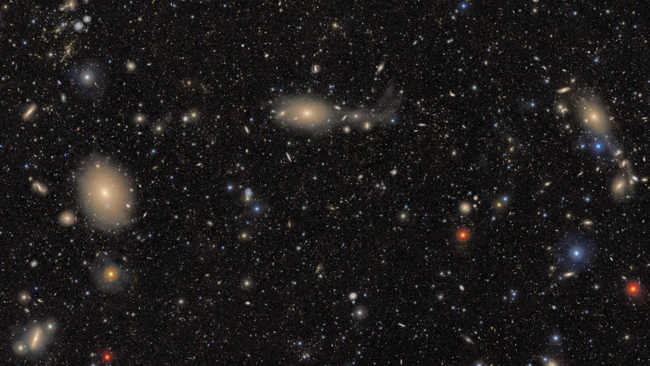
- What Effects Do Solar Flares Have On Our Power Grids?
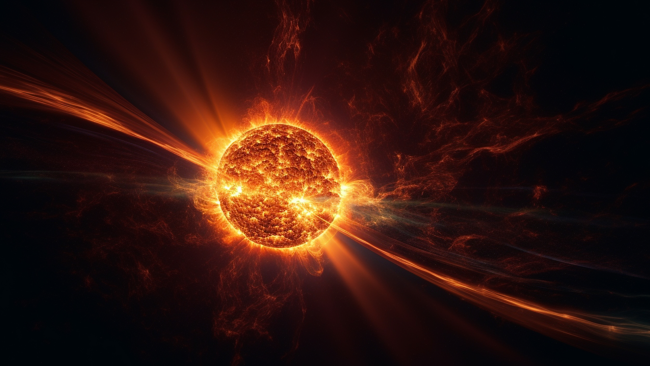
- What’s the Difference Between a Galaxy and a Globular Cluster?
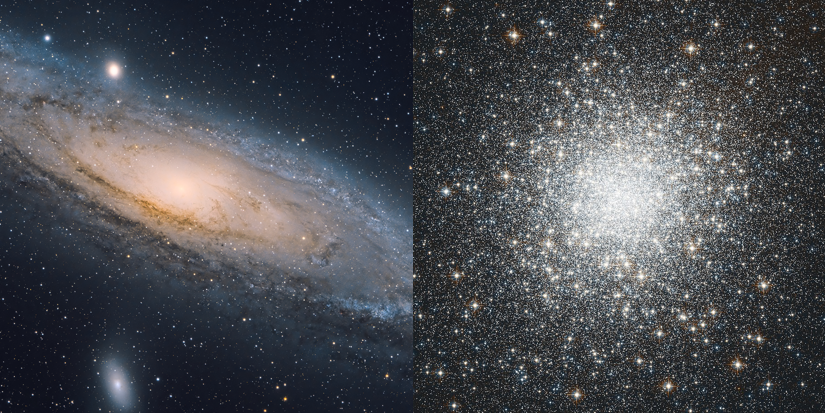
- Are Black Holes Eternal? The Strange Fate of the Universe’s Darkest Objects

- Cannibal stars at the heart of the Milky Way stay young in a gruesome way
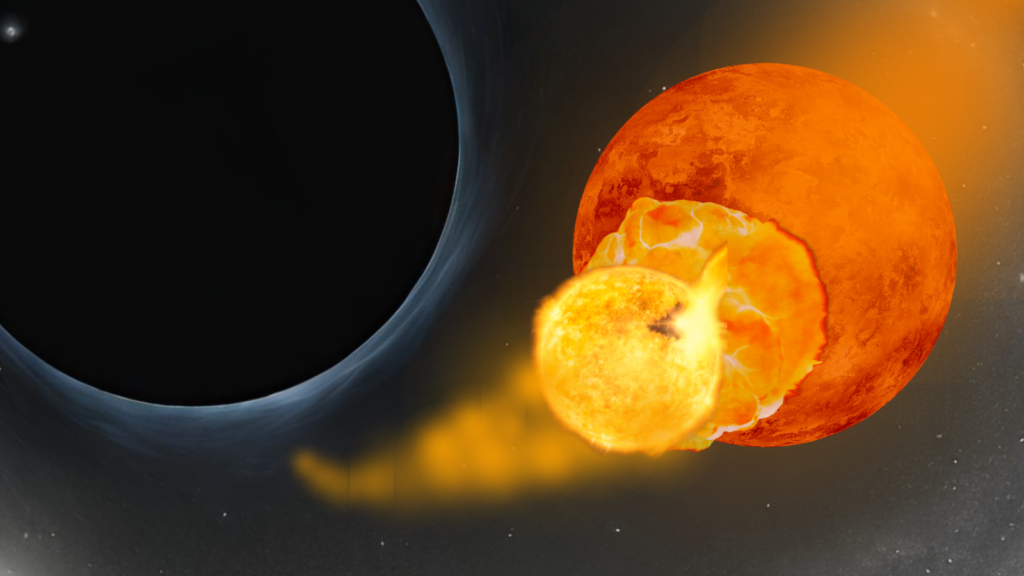
- Multi-Particle Entanglement Is A Complex World
